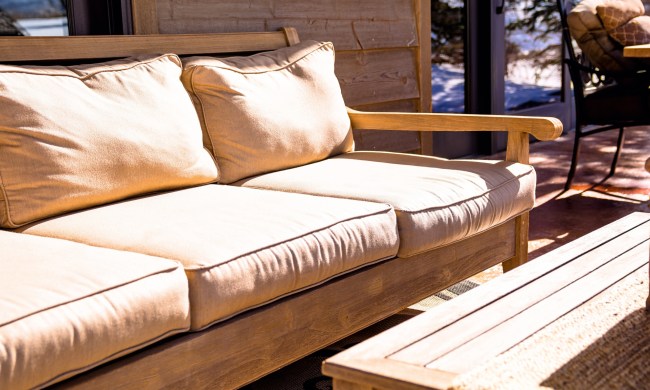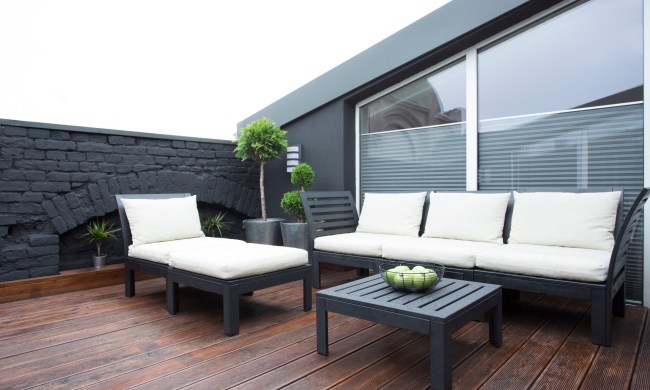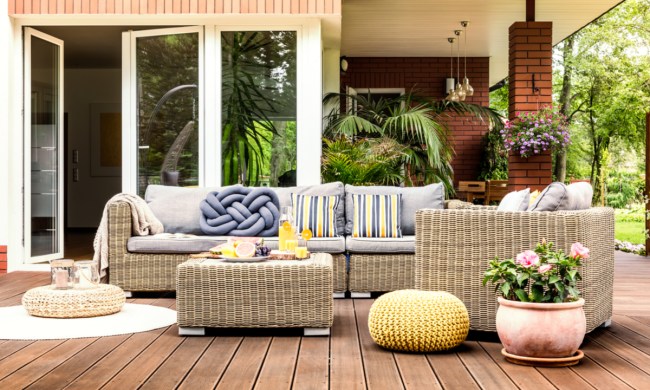As sad as it may be to admit, every piece of furniture breaks eventually. Whether it’s the strain of age, an accident, or the weather, sooner or later something’s got to give. That goes double for outdoor furniture, which is exposed to all sorts of elements. Just because something is broken, though, doesn’t mean it’s useless! Some breaks can be repaired, some parts can be replaced, and for everything else there’s always repurposing. If you’re looking to breathe new life into an old, broken piece of patio furniture, here are all your options.
Assess the furniture
Before anything else, it’s important to know what you’re dealing with. Once you’ve inspected your furniture, you can decide what level of repairs it needs and whether or not it would be better suited to just repurpose it altogether. If it has a few cracks that aren’t too bad on their own, or it’s missing one part but is otherwise fine, that’s a simple fix. If it has a lot of structural damage, is in multiple pieces, or is so old that fixing it would be challenging, you may be better off repurposing it.
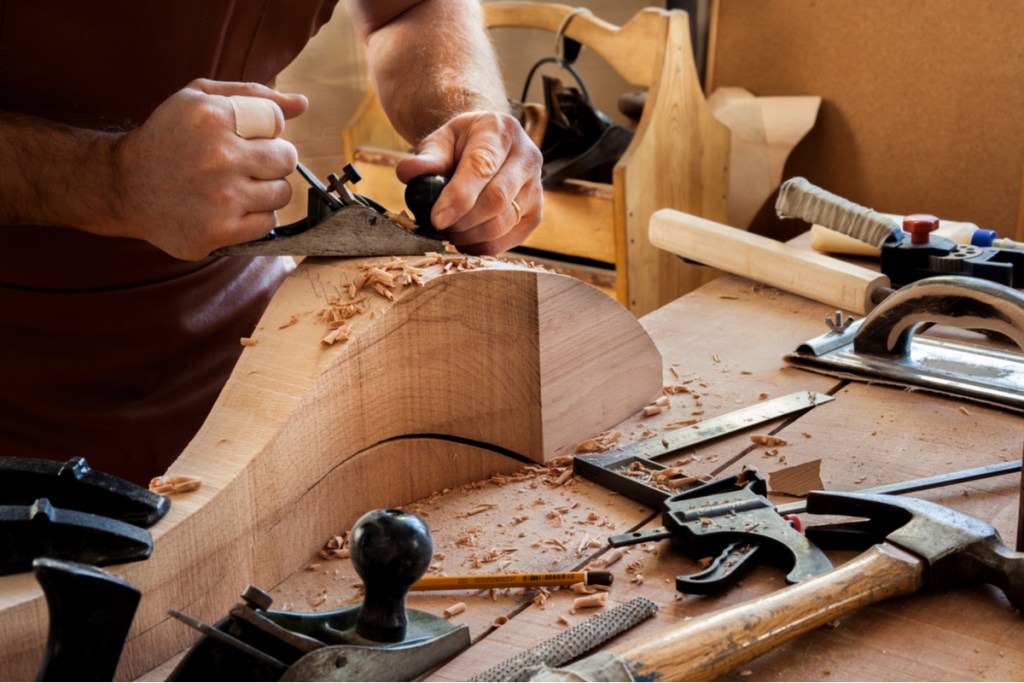
Simple fixes
Small breaks and cracks
Small breaks and cracks in wooden furniture aren’t too hard to fix, thankfully. Depending on the size of the crack, you may be able to simply fill it in with wood fillers or wood putty. When using these products be sure to carefully follow all the instructions that come with it! In general, carefully fill in the cracks with the material. Some materials harden after only a short time, but others take longer. Once the material is fully dry and hard, you’re ready to sand it down so the surface is smooth. Then you’re ready to seal it and stain or paint it to match the rest of the furniture.
For larger cracks, the kind that have chunks missing, you’ll likely need to patch it. Clean the crack so that the edges are smooth and even. Next, prepare your patch. Cut a piece of wood to fit inside the hole snugly. Ideally, your patch should be the same type of wood as your furniture, but as long as it is a similar hardness it should be OK. Line the crack with carpenter’s glue or wood glue and fit the patch in carefully. Let it dry, seal it, and stain or paint if necessary.
Replacing parts
Replacing a leg on a metal chair may be more difficult than replacing a wooden one, depending on the type of metal, where the break occurred, and how the chair was configured in the first place. You may need to see a professional, or at least look for repair guides for your specific type of chair if it’s metal.
Wooden furniture, on the other hand, is fairly simple. If you still have the part of the chair leg, bench back, or armrest that broke off, you can reattach it using wood glue. Make sure the edges are perfectly lined up, apply your wood glue or carpenter’s glue of choice, and clamp it tightly to ensure it doesn’t slip.
If you don’t still have the piece, or if the piece isn’t intact, you can carve a new one or repurpose a piece from a similar piece of furniture that has been junked. Measure carefully, and don’t forget to smooth the broken edge so the pieces fit snugly together.
Creative fixes
Unconventional fillers
If you’re looking for a more creative fix for small breaks and cracks, consider filling the cracks with a more flashy substance. For example, resin that has been colored or inlaid with stones, flowers, or anything else! For larger cracks in load-bearing pieces, remember that repairing it with a material that is less strong than the wood may make it unstable. In that case, fill most of the crack with wood putty or a wood patch, let it dry securely, and then give it a surface layer of fun.
Unusual replacements
Try replacing the broken or missing piece with something other than the same material. For example, give your wooden table a metal leg! Just remember to test the durability if it’s a load-bearing piece to make sure it can hold up.
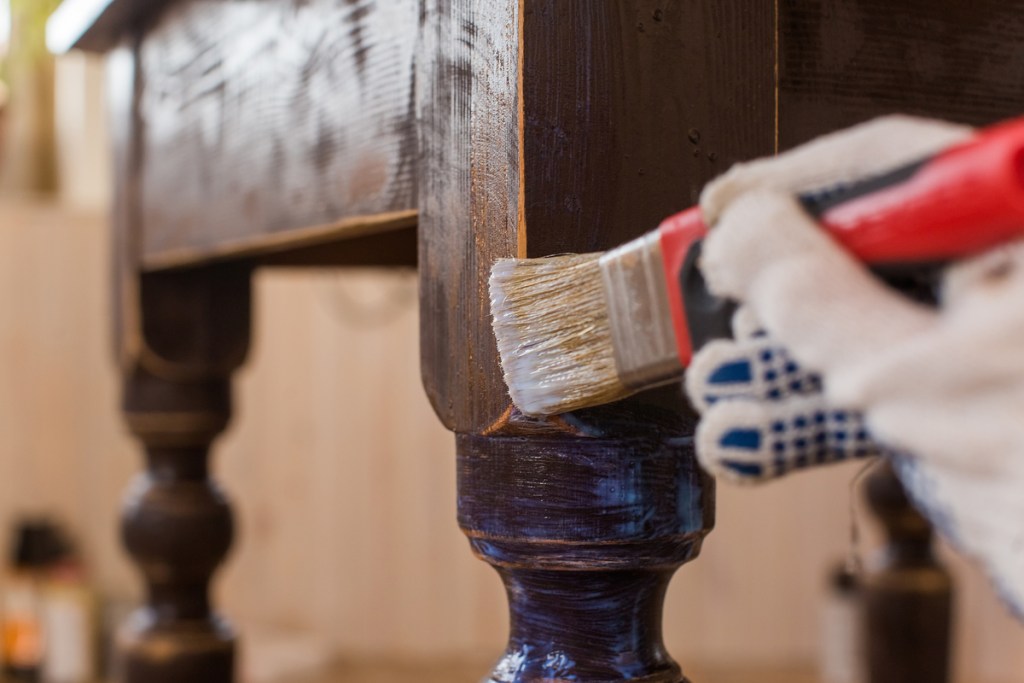
Repurposing your furniture
A great way to use a bench or couch without any seat is to make it a garden bed! Simply put any box or container where the seat used to be, or take the back and arms and secure them behind and next to a garden bed for a fun and cute look.
Did you know a table can make a great base for a fountain or bird bath? Alternatively, take the top of the table, paint it, and hang it on the wall for a great piece of decor!
What do you do with a bench that’s been broken in half? Add legs and arm rests and you have two chairs! Have a table with legs that broke in half, making it shorter? Sand off the broken edges and turn it into a stool.
In the end, what you do with your furniture is up to you. Hopefully these suggestions and instructions have helped you to make your decision, though! No matter what route you’re taking, remember to measure twice, cut once, and be safe. Now you’re ready to give your old furniture a second chance at a new life.

